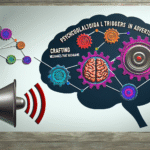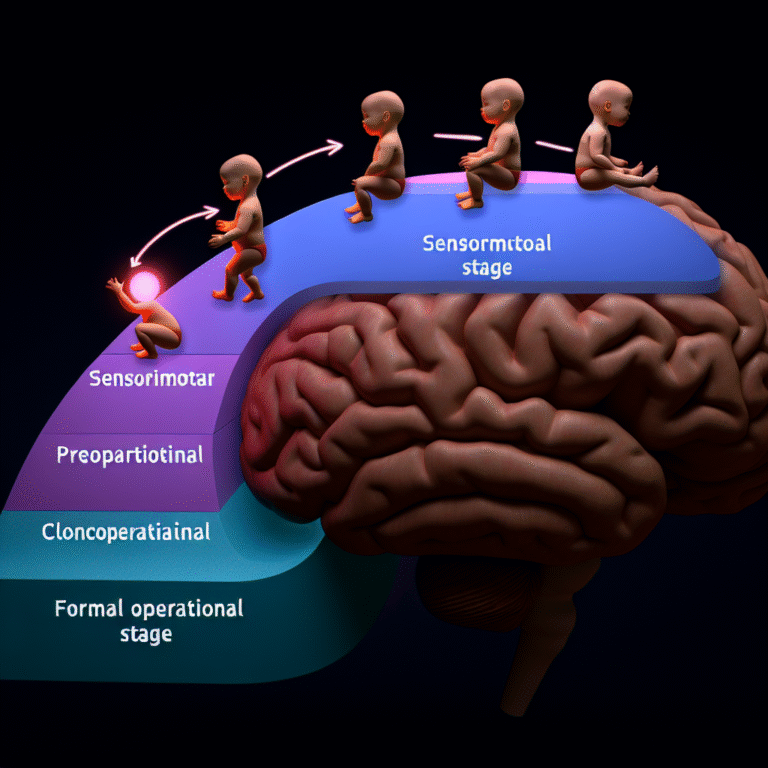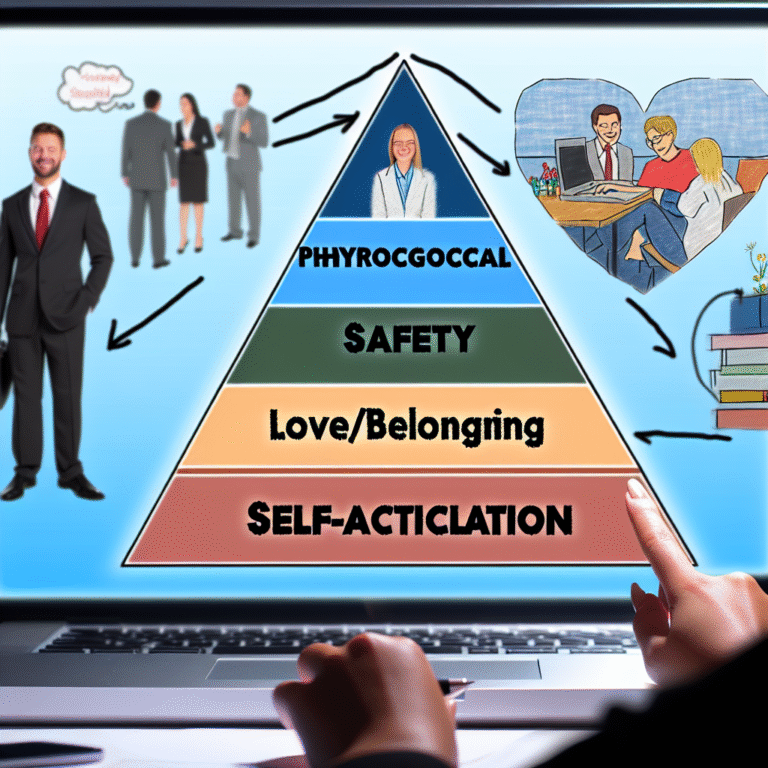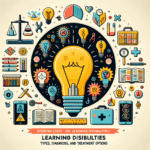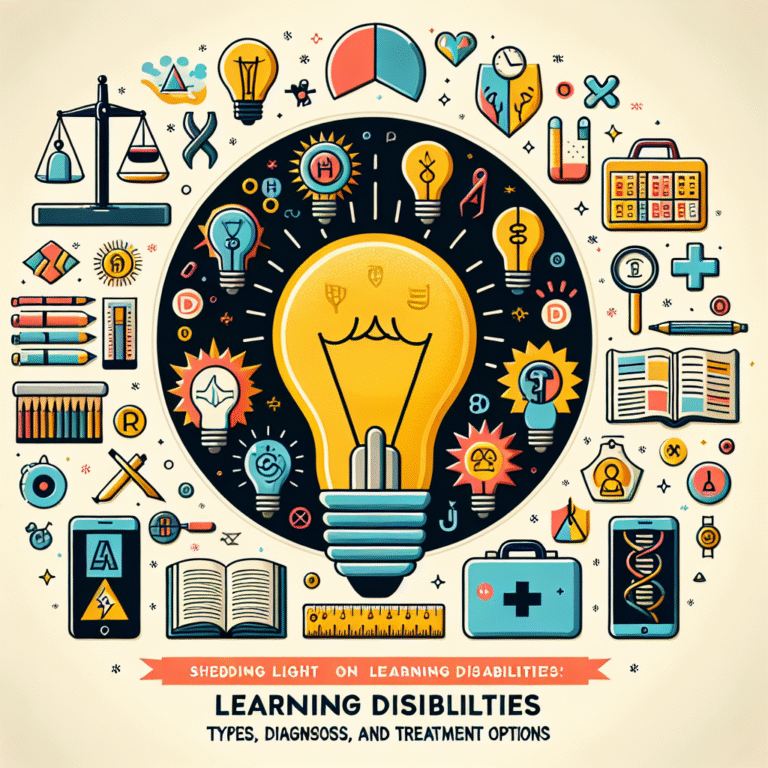
Ultimate Insights into Need Satisfaction and Behavioral Economics: Insights from Maslow’s Pyramid
Introduction
In today’s fast-paced world, understanding what drives human behavior has never been more critical. Whether in business, education, or mental health, the motives behind our actions are often rooted in our fundamental needs. Enter the intersection of Need Satisfaction and Behavioral Economics: Insights from Maslow’s Pyramid, a powerful framework that elucidates how our psychological motivations shape decision-making. This comprehensive exploration will delve into the intricacies of Maslow’s hierarchy, applying its principles to the field of behavioral economics and revealing actionable insights that can transform both individual lives and organizational strategies.
The Framework of Maslow’s Pyramid
What is Maslow’s Hierarchy of Needs?
Abraham Maslow, an influential psychologist, introduced the concept of a needs-based framework in 1943. His hierarchy is commonly depicted as a pyramid with five levels:
- Physiological Needs: Basic essentials for survival, like food, water, and sleep.
- Safety Needs: Security and protection from physical and emotional harm.
- Love and Belongingness Needs: Social connections, friendships, and intimacy.
- Esteem Needs: Respect, self-esteem, and recognition.
- Self-Actualization: Achieving personal potential and self-fulfillment.
This pyramid illustrates that until the lower levels are satisfied, individuals may struggle to pursue higher-order needs, thus influencing decision-making processes significantly.
Applying Behavioral Economics to Maslow’s Framework
Behavioral economics blends psychological insights with economic theory to explain why people sometimes act irrationally. When examined through the lens of Need Satisfaction and Behavioral Economics: Insights from Maslow’s Pyramid, we see how unmet needs can lead to various economic behaviors, illustrating that human needs influence choices beyond traditional economics.
The Levels of Need and Economic Behavior
Physiological and Safety Needs: The Foundation of Economic Decisions
At the base of Maslow’s pyramid are physiological and safety needs. These are fundamental requirements for survival and security. In behavioral economics, individuals facing uncertainty or deprivation often resort to short-term decision-making that prioritizes immediate satisfaction over long-term planning.
Case Study: The 2008 Financial Crisis
During the 2008 financial crisis, many consumers faced significant economic instability, triggering an immediate focus on basic needs. Short-term decision-making became prevalent as people prioritized immediate financial security over long-term investments. This case illustrates how unmet physiological and safety needs can lead to panicked economic behavior, affecting markets globally.
| Table 1: Behavioral Responses to Unmet Needs | Need Level | Common Behavioral Responses |
|---|---|---|
| Physiological | Stockpiling food, cutting expenses | |
| Safety | Avoiding investment, securing assets | |
| Love and Belonging | Increased socializing for support | |
| Esteem | Pursuing validation through spending | |
| Self-Actualization | Seeking self-growth even in scarcity |
Love and Belongingness: The Social Dimension of Decision-Making
Once physiological and safety needs are met, the need for love and belonging emerges. Social interactions can significantly influence economic behavior, often leading individuals to make decisions based on peer pressure or the desire for acceptance.
Case Study: Social Media Marketing
In an era dominated by social media, companies have adeptly exploited our deep-seated need for connection. Brands often create community-driven campaigns that resonate with consumers’ desire for belonging. For instance, Coca-Cola’s "Share a Coke" campaign personalized bottles with names, creating not just a product but a social experience that encouraged sharing and connection.
Esteem Needs: The Role of Recognition in Economic Behavior
The drive for esteem encompasses personal value and recognition. In behavioral economics, the quest for status can impact purchasing behaviors, often leading individuals to make choices that communicate their standing to others.
Case Study: Luxury Brands
High-end brands like Gucci or Rolex market their products not just as items but as symbols of prestige. Consumers driven by esteem needs often allocate significant resources to these brands, demonstrating how identity and self-worth can propel economic behavior. Recognizing this, companies utilize strategies that emphasize exclusivity and status, thereby satisfying consumers’ esteem needs.
The Pinnacle: Self-Actualization and Economic Innovation
Self-actualization represents the highest level of Maslow’s hierarchy, where individuals seek to realize their full potential. In the context of behavioral economics, this drive can lead to innovative thinking and entrepreneurial endeavors.
Case Study: The Rise of the Gig Economy
The gig economy exemplifies how individuals strive for self-actualization through flexible work opportunities. Many are opting for freelance jobs or entrepreneurship, driven by a desire for autonomy and personal fulfillment. This shift alters traditional labor markets and contributes to broader economic changes, showcasing how self-actualization can reshape economic landscapes.
Insights and Implications for Organizations
Understanding Need Satisfaction and Behavioral Economics: Insights from Maslow’s Pyramid can benefit organizations seeking to enhance employee motivation and customer engagement.
Aligning Organizational Values with Employee Needs
Organizations that recognize and address the needs of their employees can create a more motivated and productive workforce. For instance, companies that offer mental health support or create team-building opportunities foster a culture of belonging and esteem. This alignment enhances retention and performance, demonstrating the business value of addressing employee needs.
Customer Experience and Need Satisfaction
Applying Maslow’s framework to customer experience can yield valuable insights. Businesses that understand and align their offerings with the tiers of needs can create more compelling customer journeys. For example, companies can focus on creating communities around their products, fostering belonging and connection, which can lead to increased customer loyalty.
Conclusion
The synthesis of Need Satisfaction and Behavioral Economics: Insights from Maslow’s Pyramid reveals a profound understanding of human behavior that offers actionable takeaways. Addressing needs at all levels—from basic physiological conditions to the pursuit of self-actualization—can lead to better decision-making, innovative business strategies, and enhanced personal fulfillment.
In a world increasingly defined by rapid change and uncertainty, having a clear grasp of these concepts can empower individuals and organizations alike to make choices that resonate profoundly with our shared human experience. By embracing this knowledge, we can foster environments that not only meet needs but also inspire growth, creativity, and deep connections.
FAQs
1. How does Maslow’s Pyramid apply to modern economics?
Maslow’s Pyramid offers a framework for understanding how unmet needs can drive economic behaviors, illustrating that behaviors often arise from a desire to satisfy underlying needs.
2. Can organizations really impact employee motivation through need satisfaction?
Absolutely. Organizations that prioritize understanding and fulfilling employee needs create a more engaged, productive workforce, as employees are more likely to contribute optimally when their needs are met.
3. What role do social needs play in consumer behavior?
Social needs significantly influence consumer choices, as individuals often seek products and brands that reflect their identity, foster connections, or provide a sense of belonging.
4. How can understanding self-actualization impact innovation?
Organizations encouraging self-actualization can motivate employees to think creatively and pursue entrepreneurial ventures, fostering a culture of innovation and adaptability.
5. Is it possible to measure the impact of need satisfaction on economic behavior?
Yes, various studies in behavioral economics analyze how different levels of need satisfaction correlate with consumer behavior and decision-making, providing quantifiable insights into this relationship.
By integrating the insights from Maslow’s hierarchy with behavioral economics, we can unlock the complexities of human motivation and its profound effect on our choices. Exploring these dimensions not only enhances understanding but also empowers us to establish environments conducive to growth and satisfaction.

